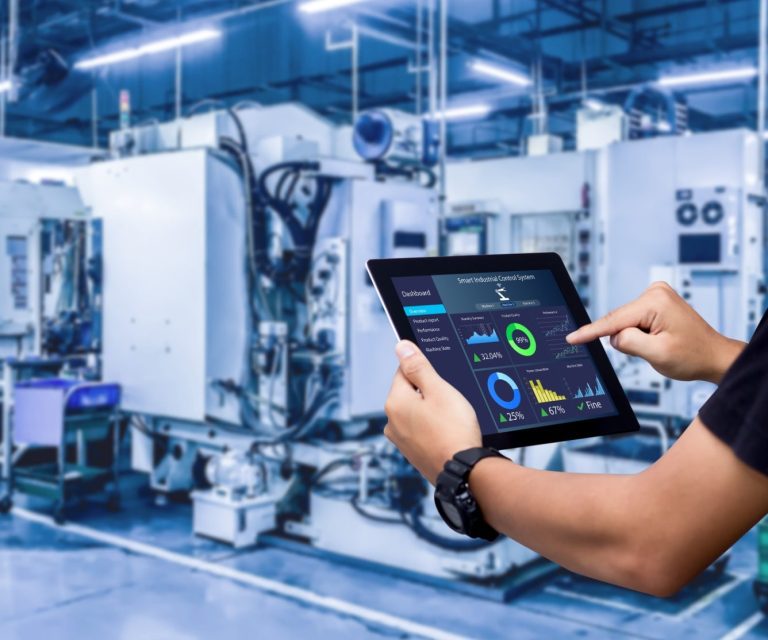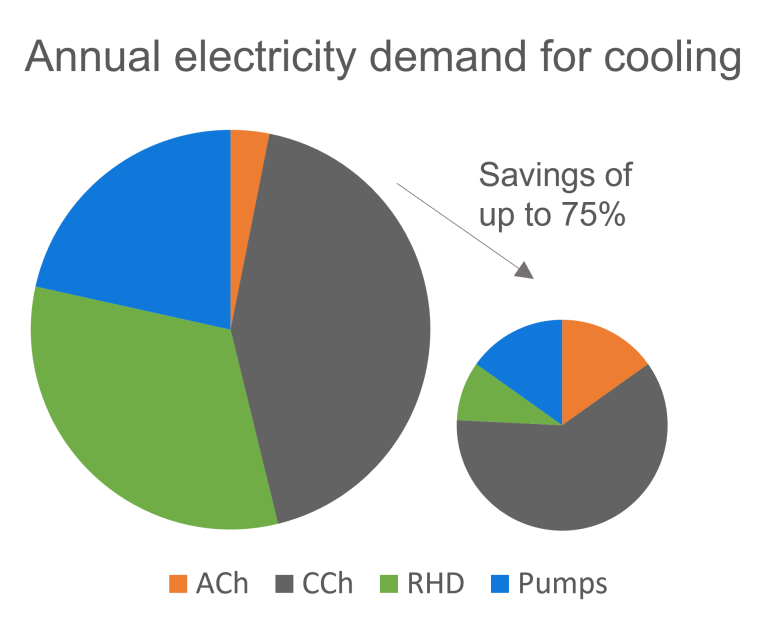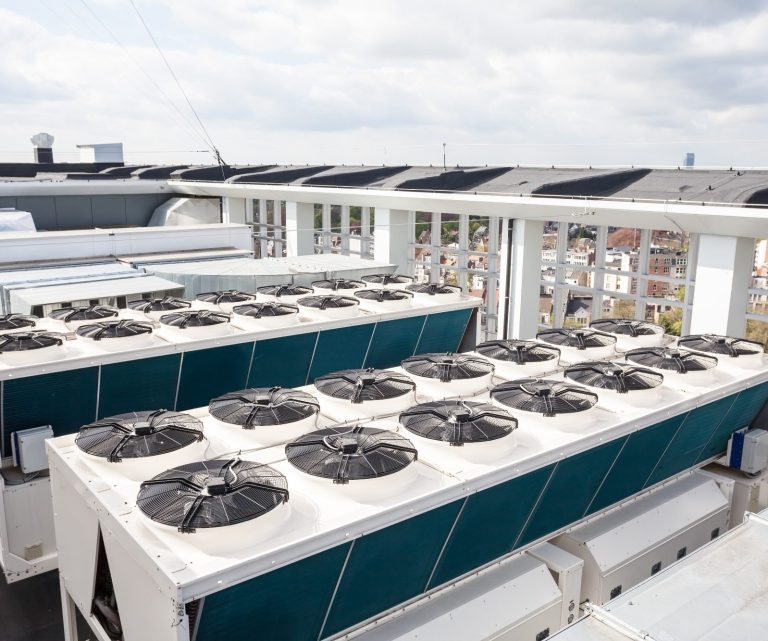Step 1: Analyse Potential
We analyse your cooling system and offer you an estimation of your potential cost optimisation.
We do a general performance evaluation
As a first step, we estimate the potential savings in your cooling system by using your real data. To do this, we will ask you for basic information such as the existing chillers, the cooling demand and the energy consumption. We use the same software that will be installed on site and create a virtual simulation of your system. Accuracy of potential analysis depends directly on accuracy of the input data.


Optional: We analyse your system for revamp
The F4 Model Based Controller increases the efficiency of your existing system without the need to install new system technology. However, if you are planning extensions or modifications to your installation, we can also offer you recommendations on components, and how the revamped system would perform. This enables you to identify particularly effective changes to your system and to evaluate intended changes with regard to their impact on system efficiency. We can use existing measurement data of any kind for this purpose, as well as set up a completely new measurement campaign.
Step 2: Create the Digital Twin

We create a digital replica of your real system.
Each cooling system is unique and has to meet individual and very specific requirements. The characteristics and operational limits of each of its components affect the overall system in complex ways. Even the change of a single parameter can have an impact on operation that even an experienced control technician cannot completely keep track of.
That's why we create a digital representation of your entire system that includes the physical properties of each component and their interactions. Using a solution algorithm customised for cooling systems, this digital twin can be used to determine the most efficient mode of operation.
Step 3: Implement
We implement the F4 controller in your cooling system
The F4 Model Based System Controller is an algorithm running on a hardware connected to every component in the installation, either via the BMS or directly. It can be integrated in any depth of an existing system. For example it can be used simply as an add on for an efficiency-based selection of the cooling generators, to specify when and to which extent the storage tank is to be loaded.
F4 system controller can also take over a specific part of the system, e.g. it can take over the control of pumps and reject heat devices in free cooling mode. This is particularly interesting for system operators who are satisfied with their control system but would like to optimise efficiency of energy or costs.
F4 system controller shows its full capability when allowing the control of each component in the entire system, and operates as a BMS.

FAQs
How do you analyse the system data?
In the preliminary phase, we evaluate measurement data to create the digital twins of the system components. When the controller is integrated into the system, measurement data is both analysed in real time and stored for later evaluation. The Controller compare data continuously with the predictions of the implemented models, both to improve the prediction accuracy of the models (machine learning) and to detect unusual behaviour of individual components. In the case of the latter, a warning is sent to the operator so that, if necessary, a maintenance assignment can be planned before the component malfunctions and thus possibly compromises the overall system (predictive maintenance).
The stored measurement data is evaluated at regular intervals and automated reports are generated so that the operator has an overview of the cooling system.
What is a digital twin and how does it work?
A digital twin is a virtual model of a component or system that is able to predict its behaviour in all possible operating situations. We use both physical and parameterised models that are continuously adjusted during operation.
How is the F4 system control different from conventional systems controls?
The efficiency of cold generation strongly depends on the load case, i.e. the cooling load, the ambient temperature and the supply temperatures. Conventional system controls for central cooling plants are based on sequencing circuits for the chillers (e.g. the division into base and peak load coverage) and a number of independent minor control loops for the peripheral components. They are usually set up once and adjusted during further operation only when any modifications are made to the installation. Many parameters and set-points are set to fixed values according to the design conditions or data sheets and do not adjust to the current load case. However, in many systems this design case does not occur at all or only for a small number of hours per year, so that they are mostly operated at conditions for which the control system has not been optimised. Furthermore, the design points are determined separately for each component (e.g. compression chiller, pump and re-cooling plant). As a result, each component runs with good efficiency on its own, but the interaction still results in suboptimal operation.
With the F4 system controller, we follow a systemic approach. Our Model Based System Control knows each component and its role in the overall system. Instead of statically dividing the various chillers into base and peak load coverage, they are selected based on their efficiency at the required load. All system parameters and set points are continuously calculated based on current operating conditions to ensure operation that is not only efficient, but as efficient as possible. By digitally mapping the complete cooling system, the system controller is also able to take variable electricity and heat rates into account for chiller selection and cold storage management, instantly switch between cost and CO2 emission-based operation, and detect anomalies to prevent system failures by predictive maintenance.
Wir benötigen Ihre Zustimmung zum Laden der Übersetzungen
Wir nutzen einen Drittanbieter-Service, um den Inhalt der Website zu übersetzen, der möglicherweise Daten über Ihre Aktivitäten sammelt. Bitte überprüfen Sie die Details in der Datenschutzerklärung und akzeptieren Sie den Dienst, um die Übersetzungen zu sehen.

